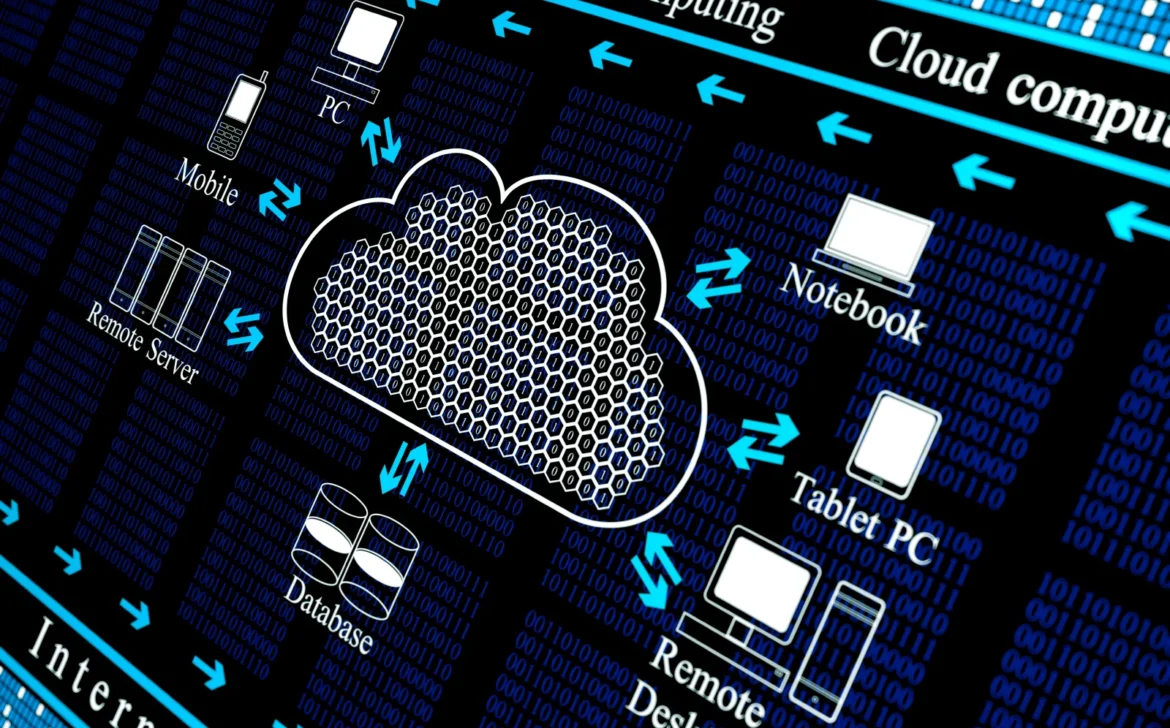Unveiling the Power of Cloud Computing in Education

Introduction
In today’s fast-paced digital era, the integration of technology in education has become more crucial than ever. One of the most transformative innovations shaping the education landscape is cloud computing. As an Edtech enthusiast, it’s imperative to delve into the myriad ways cloud computing is revolutionizing the teaching and learning experience.
Accessibility and Flexibility
Cloud computing offers unparalleled accessibility and flexibility. Students and educators can access educational resources, software applications, and data from any device with an internet connection. This eliminates barriers related to device compatibility and geographic constraints, enabling seamless collaboration and learning opportunities regardless of location.
Scalability and Cost-Efficiency
Traditional IT infrastructure often requires substantial upfront investments and ongoing maintenance costs. Cloud-based solutions, on the other hand, provide scalability based on demand. Educational institutions can scale their resources up or down as needed, optimizing costs and ensuring efficient utilization of IT resources.
Enhanced Collaboration
Collaboration lies at the heart of modern education. Cloud computing platforms facilitate real-time collaboration among students and educators through features like shared documents, virtual classrooms, and collaborative projects. This fosters interactive learning environments and encourages teamwork, critical thinking, and communication skills development.

Data Security and Privacy
Data security and privacy are paramount in education. Cloud service providers implement robust security measures, such as encryption, access controls, and regular security updates, to safeguard sensitive student and institutional data. Compliance with data protection regulations ensures a secure environment for storing and managing educational information.
Innovative Teaching Tools
Cloud computing enables the integration of innovative teaching tools and applications that enhance the learning experience. Virtual labs, simulations, AI-driven educational software, and interactive multimedia content can be seamlessly delivered via the cloud, engaging students in immersive and personalized learning experiences.
Conclusion
In conclusion, cloud computing is a game-changer in the education sector, offering a plethora of benefits ranging from enhanced accessibility and collaboration to cost-efficiency and data security. Embracing cloud technologies empowers educators, students, and institutions to navigate the digital age effectively and unlock new opportunities for innovative teaching and learning experiences. As we continue to embrace technological advancements, harnessing the power of cloud computing remains pivotal in shaping the future of education.













